As one of this year’s jurors for World Press Photo, I was stunned to learn that over the last ten years, the number of female entrants to the World Press Photo Contest has hovered around 15% (it remained at 15.5% in 2017).
March is Women’s History Month and in the current political and social climate, it’s never been more critical for us to have a woman’s visual perspective.
TIME reached out globally to the most acclaimed female photojournalists, curators and directors of photography in the industry, asking them to select one female photojournalist that they believe is worthy of recognition. The result is an astonishing collection of brilliant work from around the world. For me, this list includes many photojournalists I have never known, was delighted to learn about and excited to get to know more.
Here’s their list of 34 women photographers to follow right now.
– Kira Pollack, Director of Photography
Meridith Kohut (Venezuela)
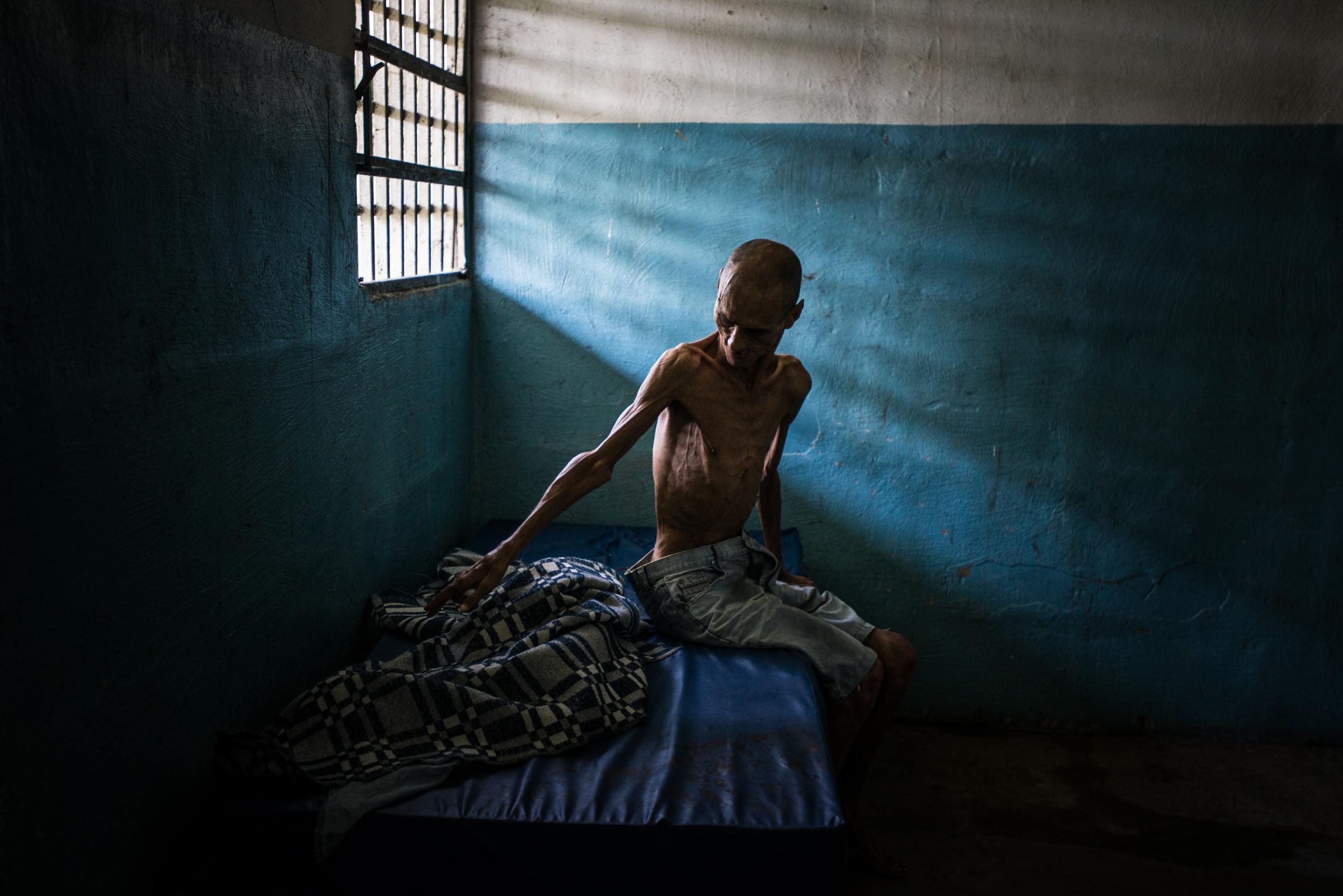
Émilie Régnier (Canada/Haiti, based in Paris)

I first came across Émilie’s work at the Joop Swart Masterclass where she was a participant in 2014. Her project “Hair” explores perceptions of beauty in West Africa, mostly shot in Cote d’Ivoire. In spite of the women posing for the camera wearing unnaturally colored wigs, the photographs are honest depictions of the women’s obsession with a certain style of beauty. I love it because it is daring and playful at the same time. – Rena Effendi, Photographer, Azerbaijan
Meeri Koutaniemi (Finland)
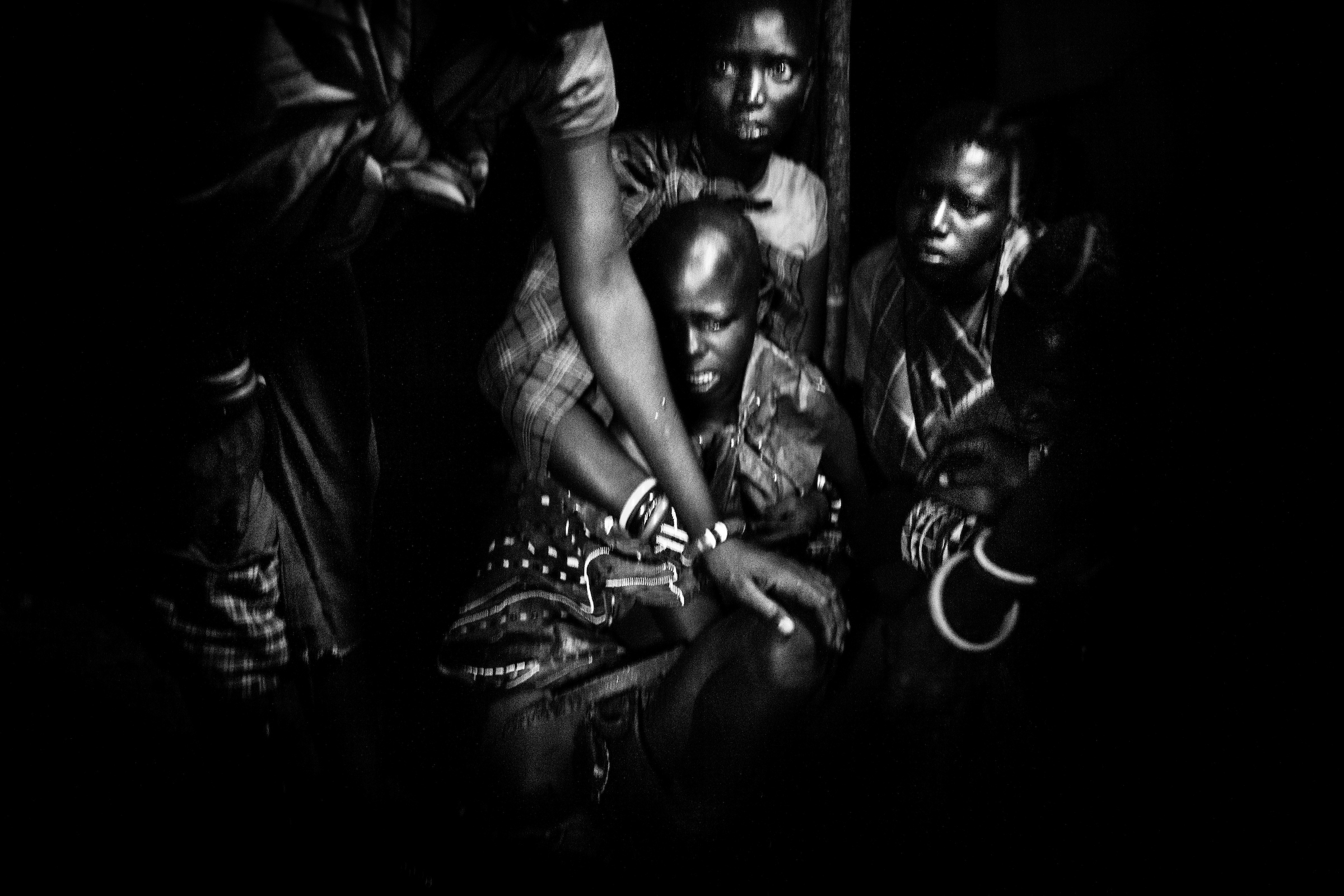
Nichole Sobecki (U.S., based in Kenya)
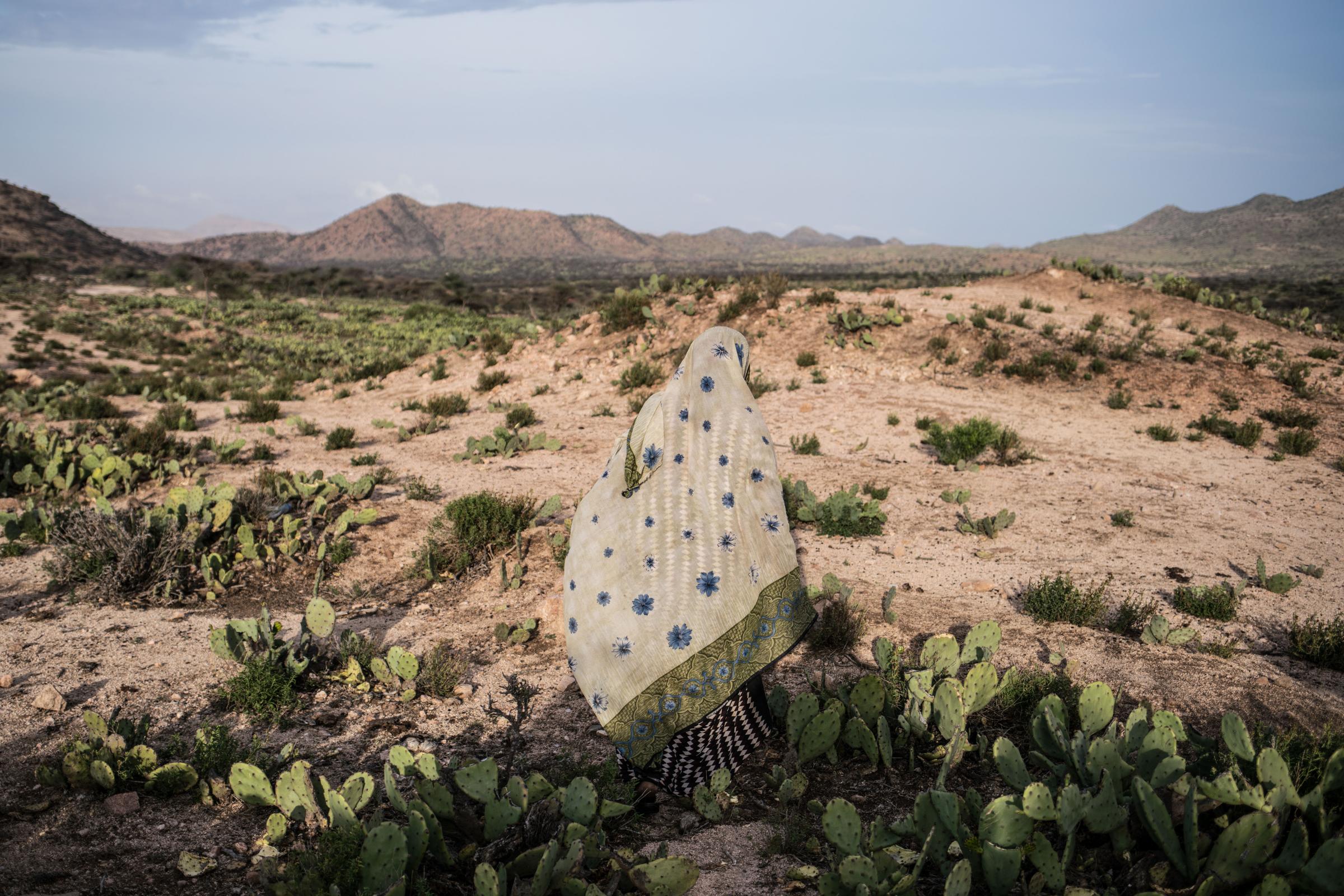
Johanna Maria Fritz (Germany)
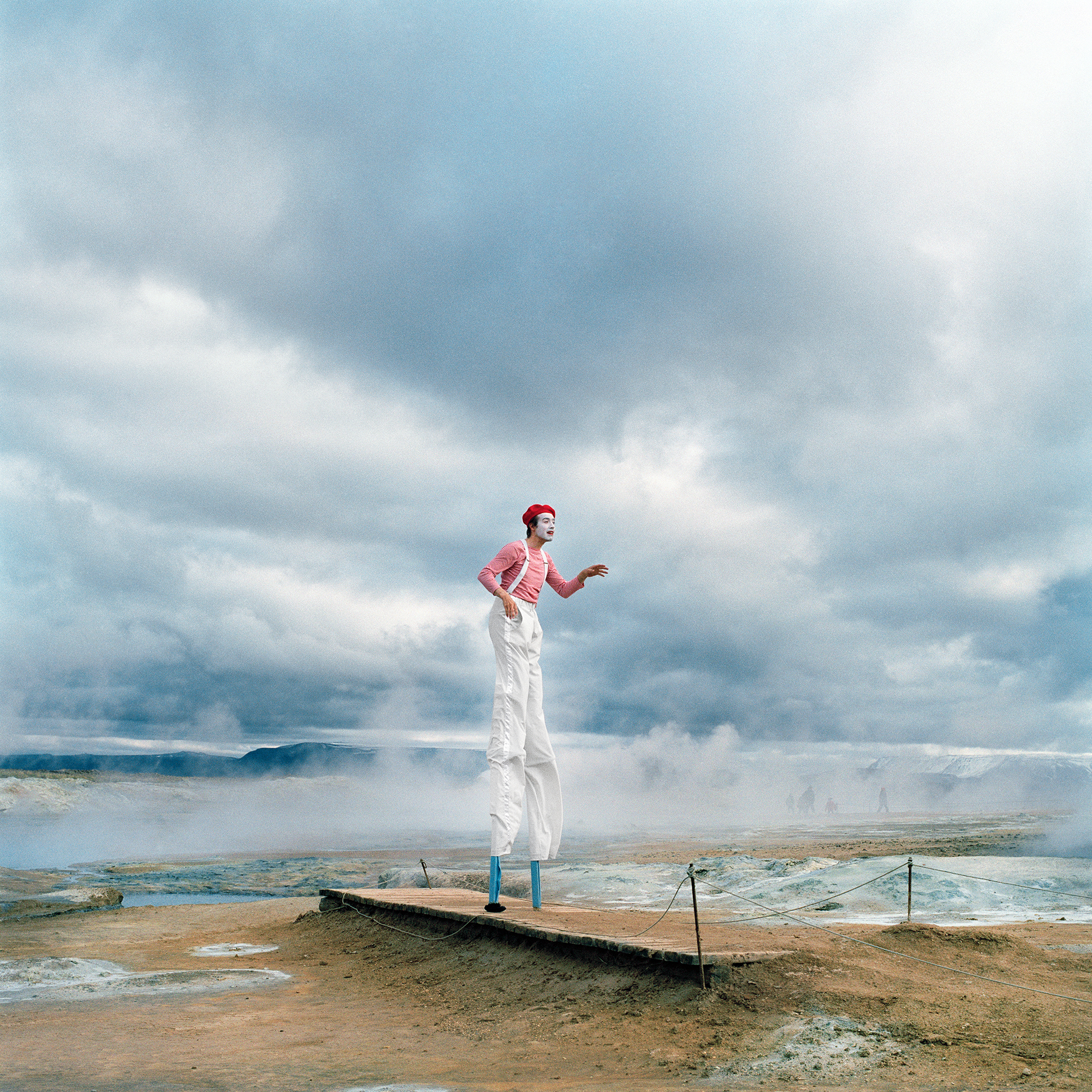
Cate Dingley (U.S.)

Cécile Baudier (Denmark)

I fell in love with Cécile’s work when I was a judge for the Danish Picture of the Year Award in January. Unfortunately we were not able to award her beautiful work Diaspora. The project is a poetic and melancholy work about citizens of African descent in Mexico. I’m happy that I can highlight her work now instead. She is very talented and has a sensitive and artistic approach to the people in her photographs. Watch out for her! – Åsa Sjöström, Photographer, Sweden
Tshepiso Mazibuko (South Africa)
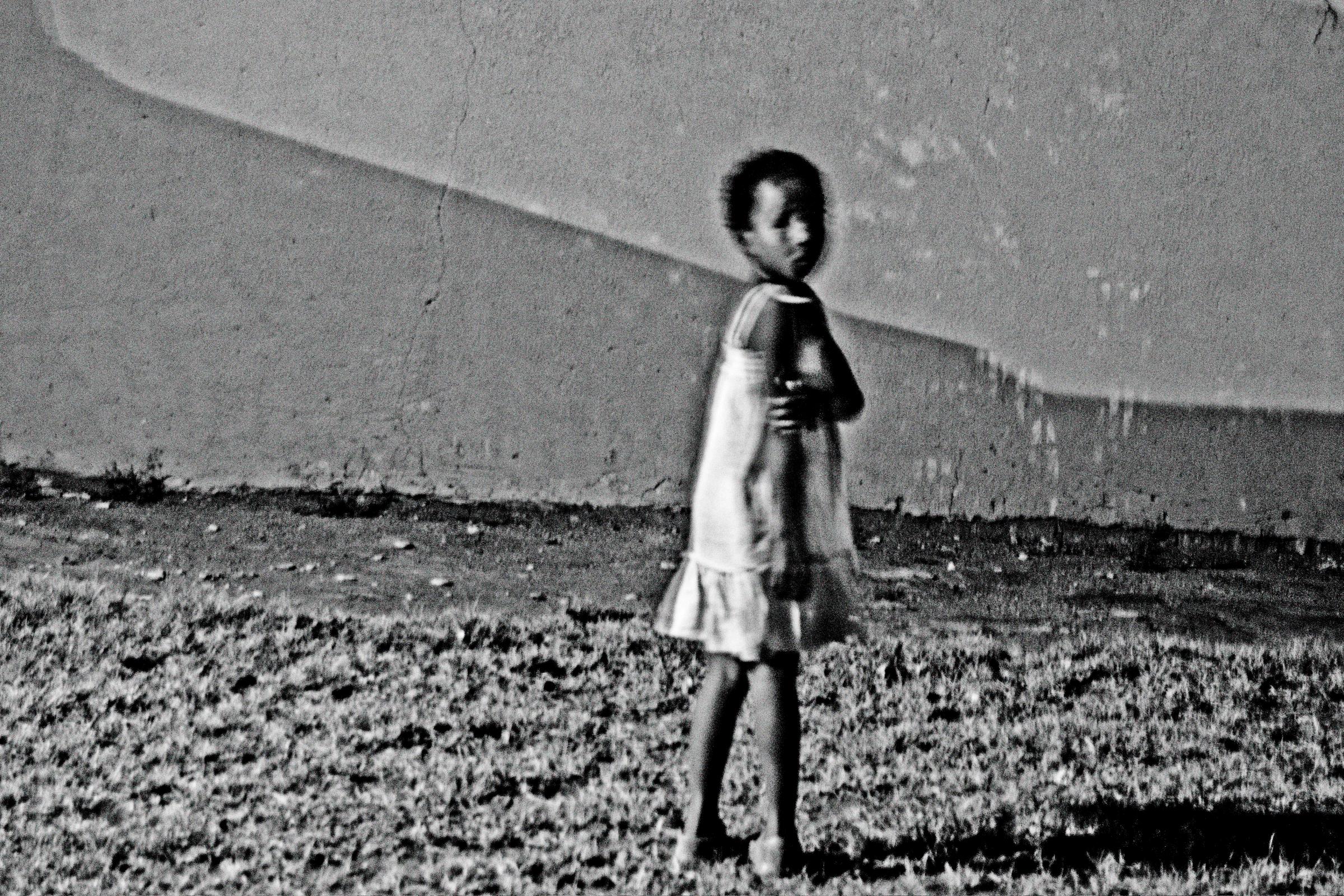
Tshepiso is a photographer whose work shines whether exhibited or on the pages of a magazine. She has her own unique style which probably comes from not being a stranger in the community she photographs. I chose her because believe in work that has something to say but also has its own personal vision and aesthetic. It is not merely a record of an event, place or issue. – Jodi Bieber, Photographer, South Africa
Kirsty Mackay (U.K.)

Luisa Dörr (Brazil)

Luisa Dorr’s work is pure poetry. I serendipitously discovered her on my Instagram feed, and the picture lept off the screen. Luisa’s photographs are soulful and thoughtful and she works with a quiet grace. We have been honored to work with her for the past few months. Stay tuned for her terrific project coming up in TIME. – Kira Pollack, Director of Photography and Visual Enterprise at TIME, U.S.
Adriana Loureiro Fernandez (Venezuela, based in the U.S.)

Adriana’s pictures are all heart. She’s so fully and deeply present in what she’s seeing and experiencing. She has a beautifully poetic understanding of color, light and shadow which is unusual in such a young photographer. Beyond that, she’s extremely courageous but also cognizant of her own fears and vulnerabilities which is an unusual combination. – Nina Berman, Photographer, U.S.
Nazik Armenakyan (Armenia)

Vittoria Mentasti (Italy)
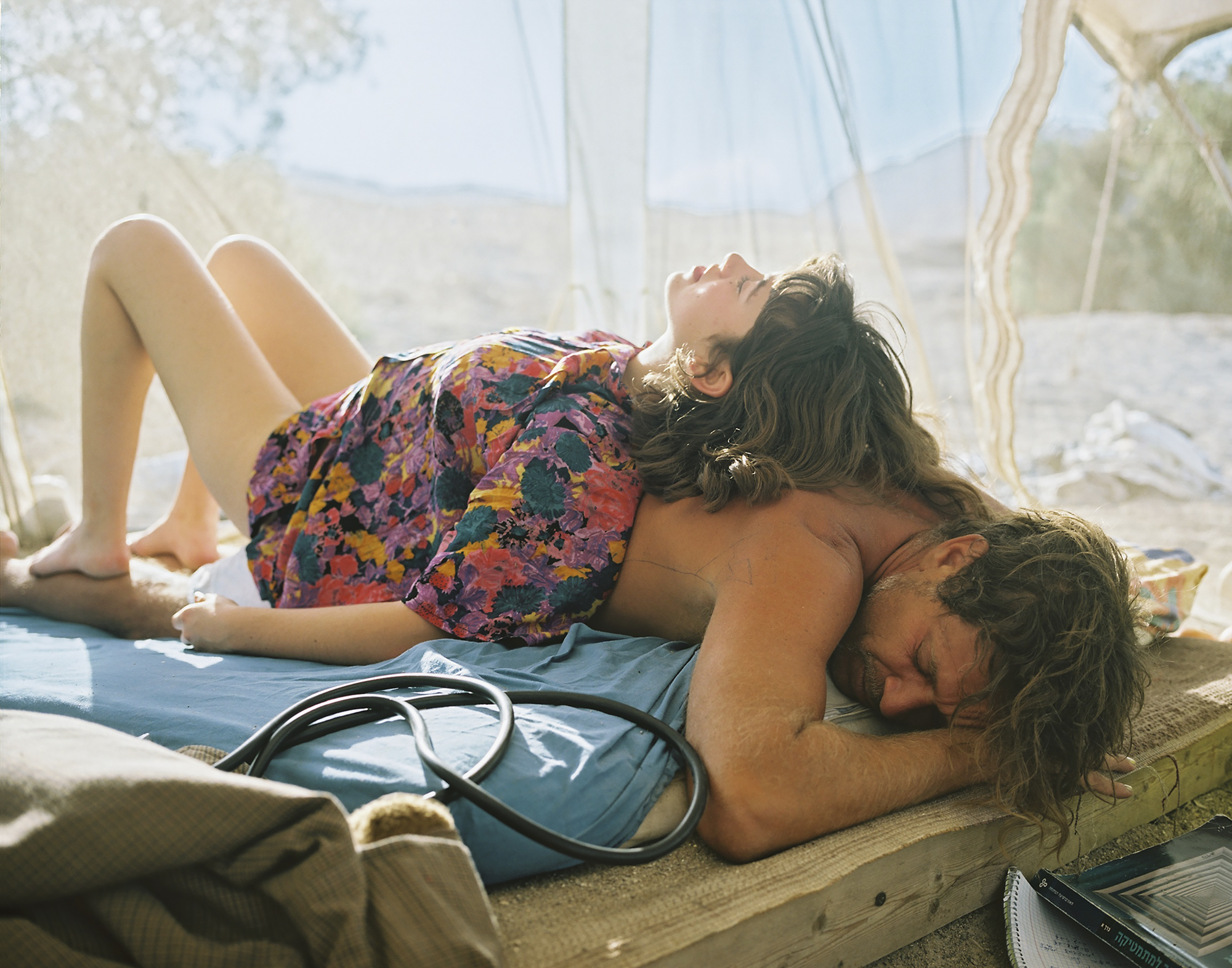
Mahin Mohammadzadeh (Iran)

Mahin is not only a talented photographer, but she is also very determined, something you really need to be when you live in Iran’s poorest province. She fought to become a photographer. Her father initially didn’t approve, but now Mahin is the only female photographer in the entire province of Sistan and Baluchestan. She is documenting lives in a part of the country that we rarely get a chance to see. I admire her for being a quiet bulldozer, always inching forward, ignoring the drama. Her work is honest and real. – Newsha Tavakolian, Photographer, Iran
Ashima Narain (India)

Ashima is a poetic photographer and storyteller. She always finds unique stories and her images make sense of our commonalities in the world we share. She also happens to be one of the hardest working photographers/filmmakers I’ve ever had the pleasure of working with. – Ami Vitale, Photographer, U.S.
Charlotte Schmitz (Germany, based in Turkey)
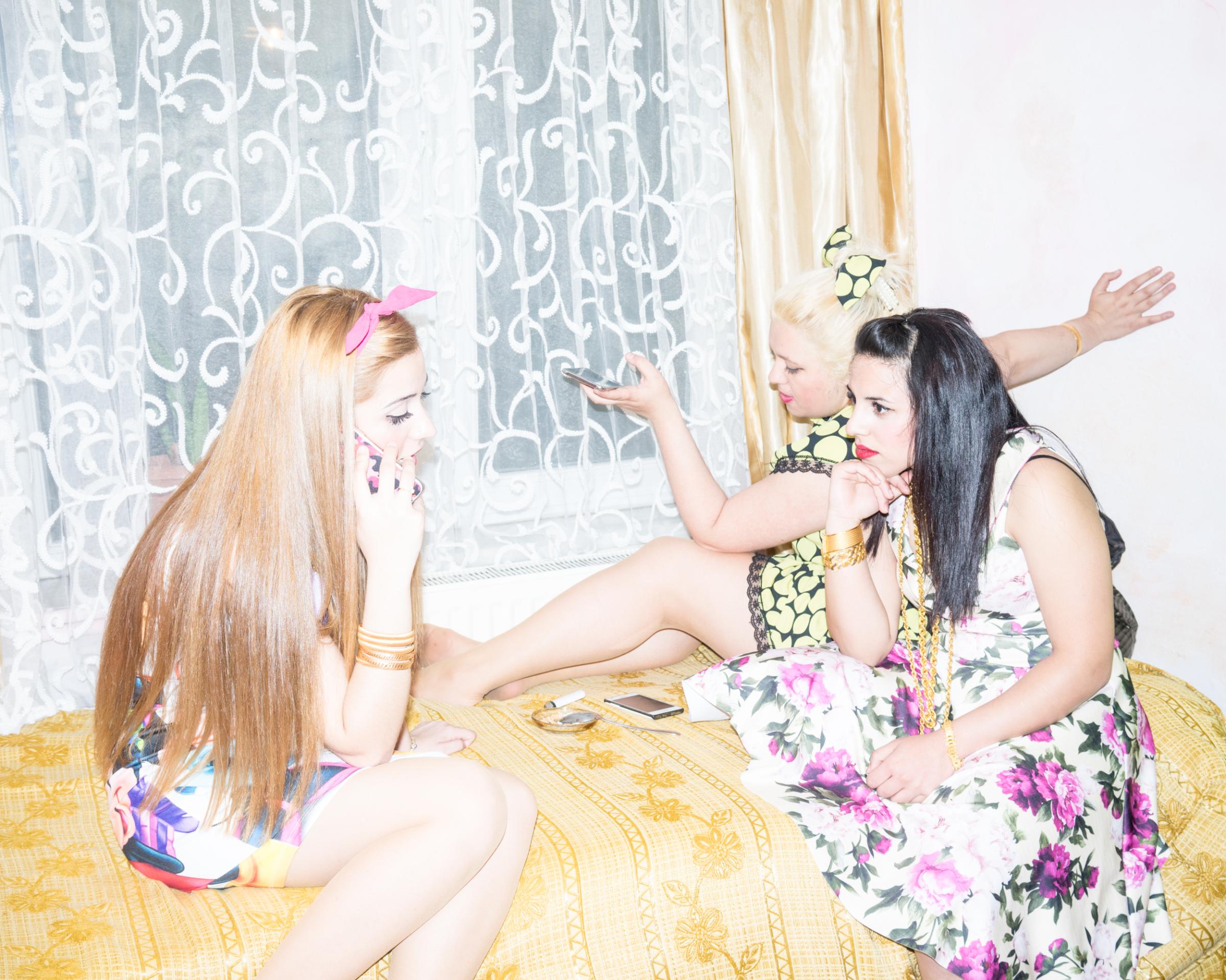
Justyna Mielnikiewicz (Georgia/Poland)

Melissa Spitz (U.S.)
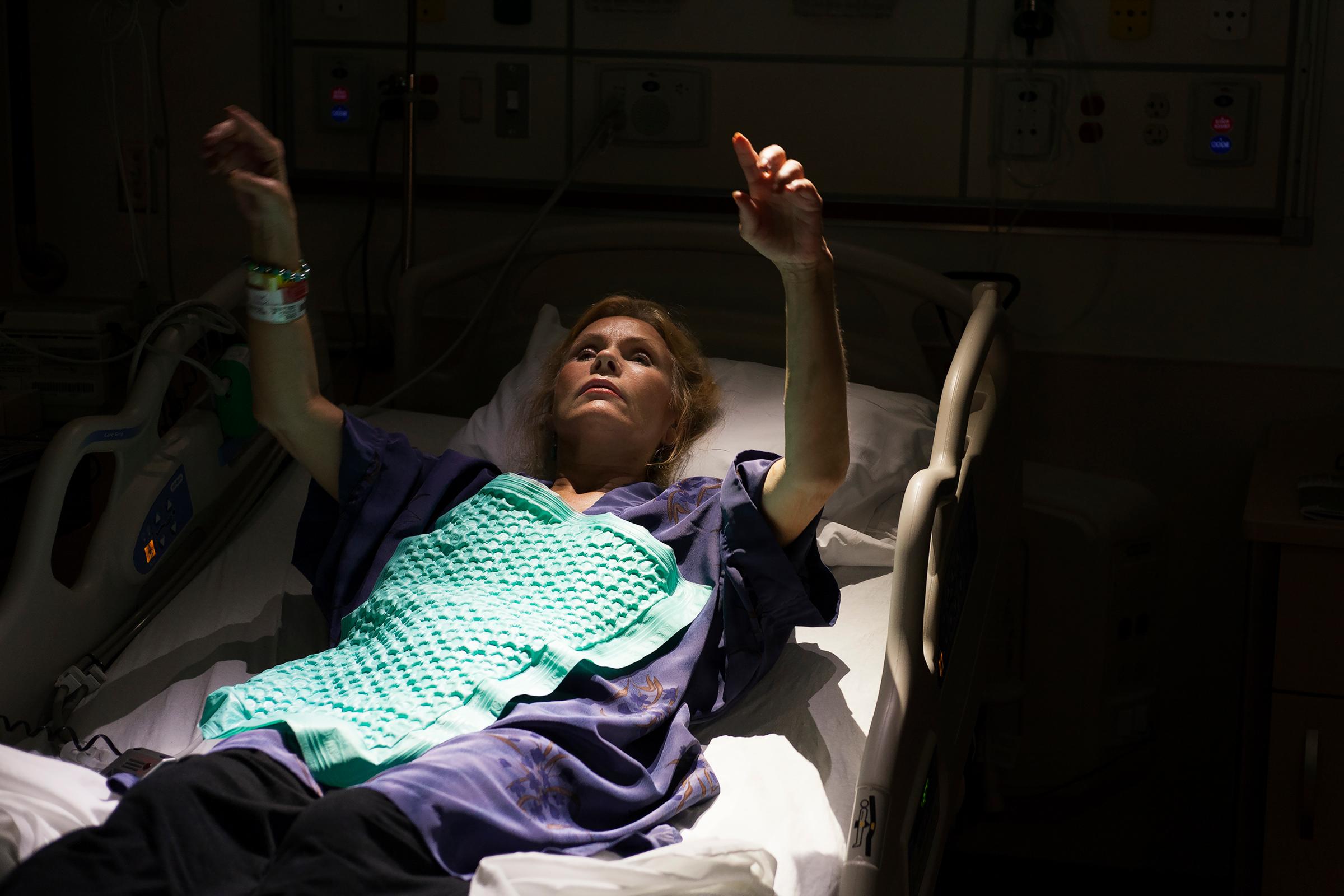
I was immediately struck when I saw Melissa’s work for the first time. The images alone with no context were arresting enough, but then I learned the person appearing in her photographs was her mother who struggles with mental illness. Her work is brave, brutal, tragic and beautiful. – Gillian Laub, Photographer, U.S. (Melissa currently works as Gillian’s assistant)
Nadia Bseiso (Jordan)

Nadia is that rare mix of poet, artist, anthropologist, and documentarian. There is an intellectual component to her work, but most importantly there is a loving tender touch to the way she photographs people. She photographs like a short story writer. Her own background, as half Jordanian and half Russian renders her both an insider and outsider in the Middle East, and I think this feeds into her work. She is capturing work that tackles environmental degradation, the volatility of geo-politics and gender in surprising fresh ways. She draws from extensive reading (in Arabic, Russian, and English) of mythology, religion and even political peace accords. Her new work Infertile Crescent is gonna drop like a bomb. But a quiet one. Like T.S. Eliot’s “This is the way the world ends. Not with a bang but a whimper.” – Tanya Habjouqa, Photographer, Jordan
Monique Jaques (U.S./Brazil, based in Turkey)

Marta Iwanek (Canada)
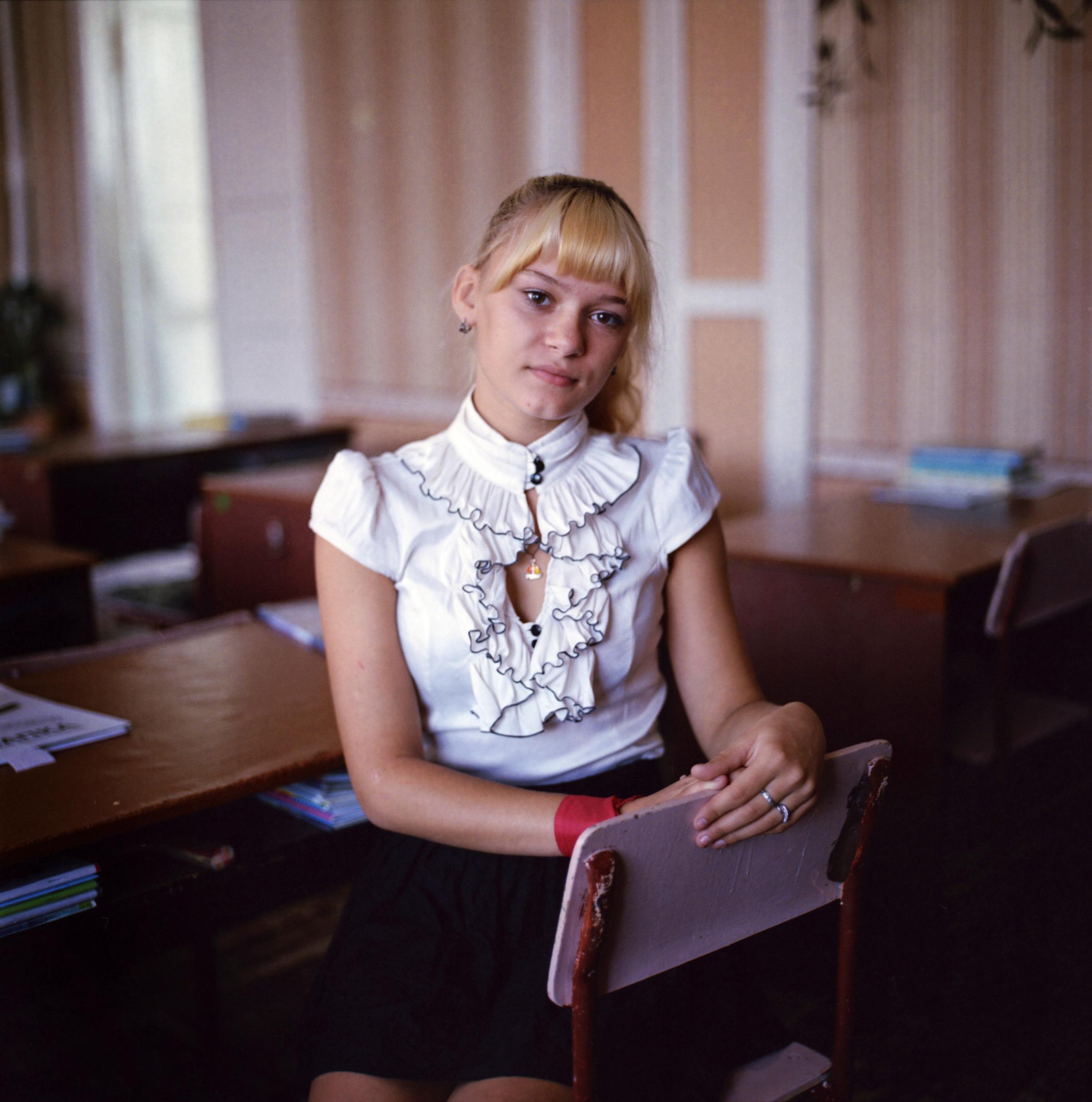
When I look at Marta’s work, I feel as though I am peering into her soul. Her photographs are so intimate, so personal and so honest. They are poetic. Her visual approach organically creates a safe space for whom she photographs. I believe this comes from her sincere and selfless motivation to tell important journalistic stories with a strong artistic sensibility. – Barbara Davidson, Photographer, U.S.
Tatiana Plotnikova (Russia)

I picked Tatiana because she has her own style, her pictures are always recognizable – and this is something that you don’t come across very often. I picked her pictures for the poetry they bring to the world, for their surreal truth. I like her pictures because they help reveal the inner life of strangers. – Victoria Ivleva, Photographer, Russia
Danielle Villasana (U.S., based in Turkey)

Danielle is a very honest, sensitive, compassionate and committed story-teller. She travels the world focusing on stories that deal with gender and major social issues. She is highly motivated, talented and determined. She has a really impressive body of work. – Ana Cecilia Gonzales Vigil, Independent Picture Editor and Consultant, Peru
Lara Aburamadan (Palestinian Territories, based in the U.S.)

Maja Hitij (Slovenia, based in Germany)

Fatemeh Behboudi (Iran)
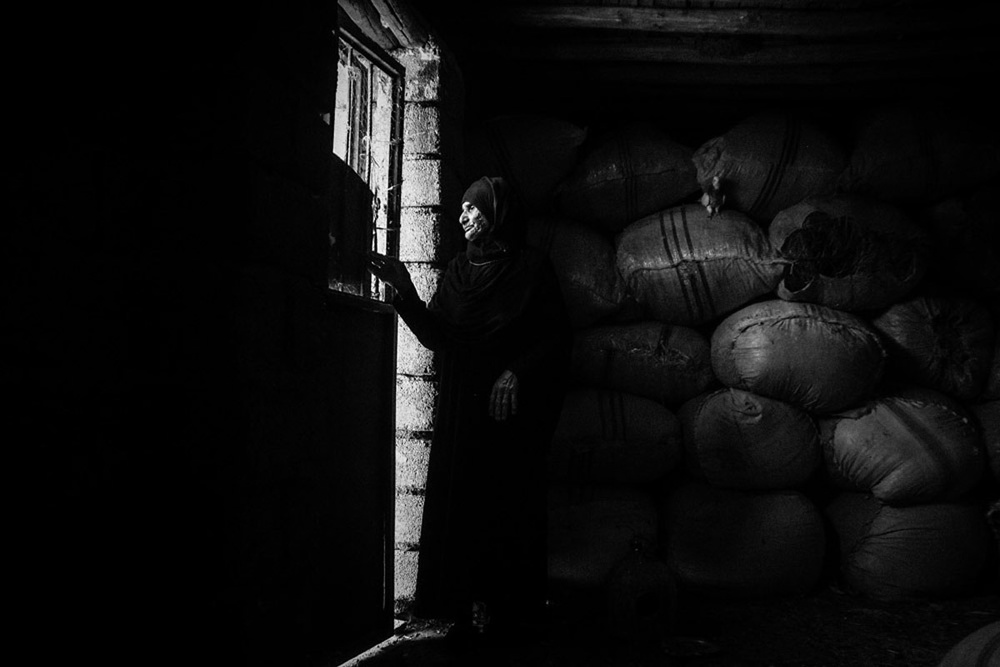
In 2014, I curated the Asian Women Photographers’ Showcase, where I selected Fatemeh’s work, featuring her series Mothers of Patience. I later met Fatemeh in person in Malaysia and she was like a little girl, curious about everything around her. She found a piano and began playing it beautifully – she was a totally different person than the female photographer I had envisioned working in Iran. Her innocence allows her to focus sincerely on her subjects. I am personally interested in photographers who focus on subjects that are somehow related to their own lives. She’s the one of the most important photographers I have ever met. – Yumi Goto, Independent curator, Japan
Alice Martins (Brazil, based in Iraq)

Tamara Abdul Hadi (Iraq, based in Lebanon)

I find Tamara’s work fascinating. For her series Picture an Arab Man she photographed roughly 85 men and she is creating video portraits as well. What I like about this work is that she challenges the image of the Arab man as it is collectively represented in the Western media. The work is gentle and shows a vulnerable side to the men. – Maggie Steber, Photographer, U.S.
Isabella Lanave (Brazil)

Isabella is from a generation of young Brazilian women who know their responsibility to other women, whether or not she has her camera in hand. She’s open to listening and learning but is aware of her duty – to go out in the field right now and be a witness of history, as a part of the story. She does not avoid photographing difficult subjects such as her own working-class family. Isabella shows intimacy with people she photographs – she is close, but remains respectful. – Marizilda Cruppe, Photographer, Brazil
Farzana Wahidy (Afghanistan)

Marina Мakovetskaya (Russia)
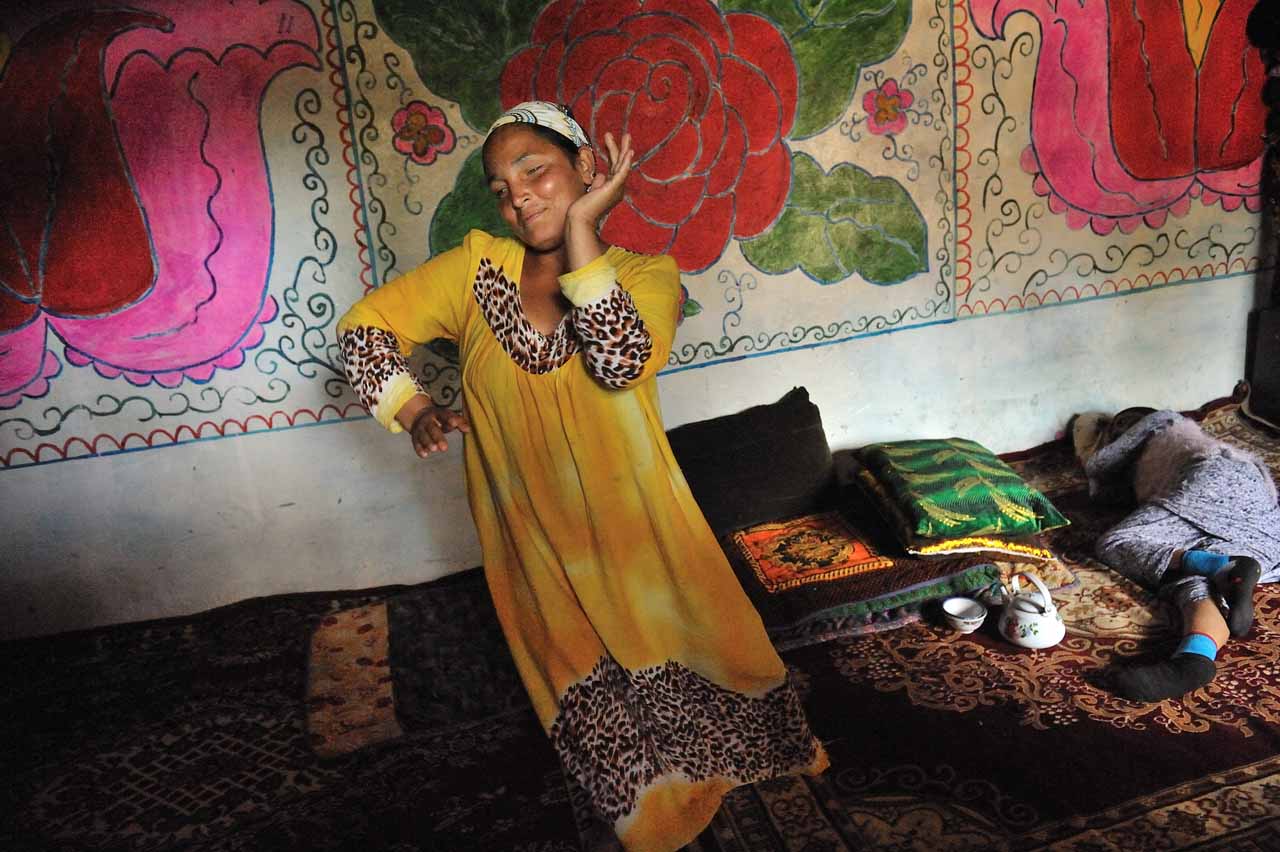
Mónica González (Mexico)

Mónica’s work focuses on the debris, both physical and emotional, within homes fractured by violence. Her incredible project Geography of Pain exposes the suffering of those who have been affected by violent crimes throughout Mexico through the memories and footprints of victims. – Eunice Adorno, Photographer, Mexico
Maria Turchenkova (Russia)
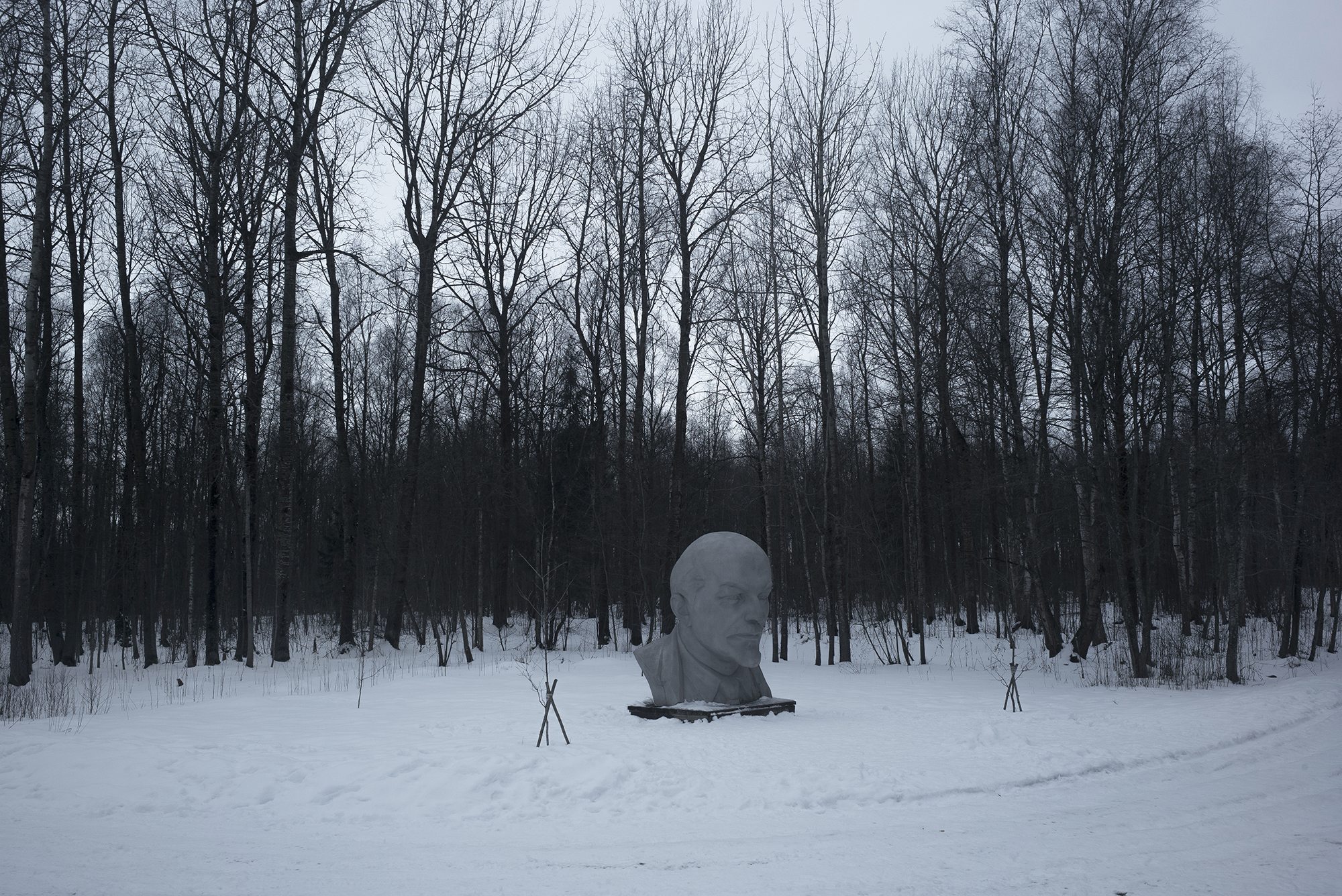
Maria Turchenkova was in Moscow when the annexation of Crimea happened. Upset by the political turmoil, she called me and thus triggered our first collaboration. Maria and I share a strong belief in the power of storytelling. Maria believes that nothing is more powerful than a story. Maria is now documenting her own country, “the new Russia,” by revisiting the Russian Revolution of 1917. The Road of Revolution is a project she’s working on with photographer Stanley Greene which started in February, with the 100-year commemoration of the fall of the Russian empire. Maria’s personal point of view and her intimate concerns make her a clever observer and strong journalist on the ground. – Marie Sumalla, Deputy Photo Editor of Le Monde, France
Violeta Santos-Moura (Portugal)

Post produced by Katherine Pomerantz
More Must-Reads from TIME
- Why Biden Dropped Out
- Ukraine’s Plan to Survive Trump
- The Rise of a New Kind of Parenting Guru
- The Chaos and Commotion of the RNC in Photos
- Why We All Have a Stake in Twisters’ Success
- 8 Eating Habits That Actually Improve Your Sleep
- Welcome to the Noah Lyles Olympics
- Get Our Paris Olympics Newsletter in Your Inbox
Contact us at letters@time.com